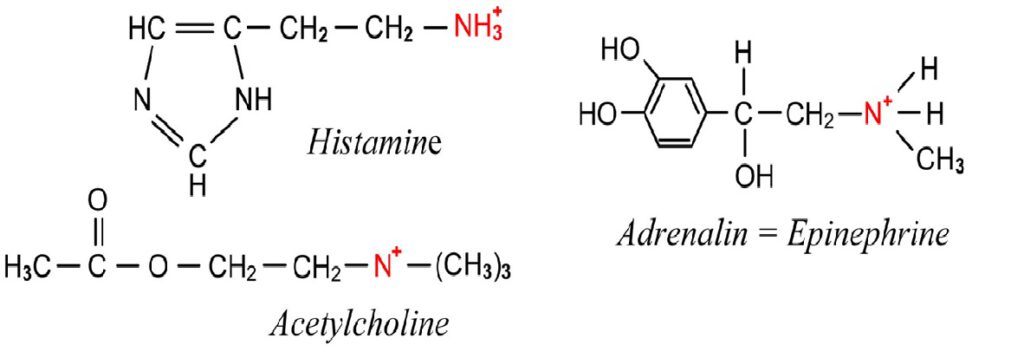The Miracle of Water
Masaru Emoto has photographed thousands of water crystals throughout his years of research, yet few have been as beautiful and life affirming as those formed from the words “love and gratitude.” In The Miracle of Water, Dr. Emoto demonstrates how water’s unique role in transporting the natural vibration of these words can help you welcome change and live a more positive and happy life.
When we speak positive words, we send out a special vibration to others. They in turn emit positive words and, as a result, we are touched by the energy of love and gratitude. Words expressed in kindness and compassion are certain to result in positive effects for the giver. As Emoto says: ‘If you shine a light on those around you with the words you use, you won’t ever have to walk in the dark again.’
This reflective, contemplative book explores water’s critical role in transporting ‘vibration information’ to the body, and what we can learn from water crystals. There are compelling insights on using the lessons of resonance to mend disharmonious relationships, restore health and bring positive energy into your life.



